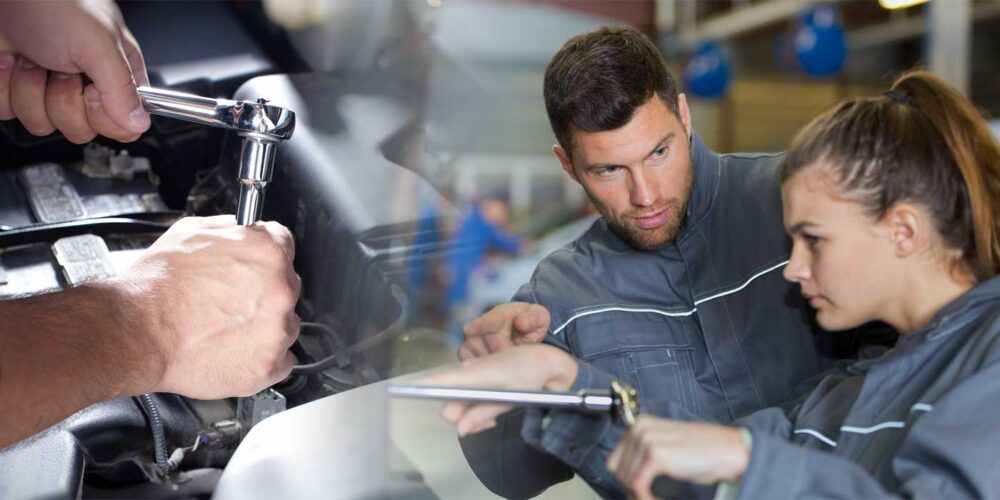We covered Profit Accelerator No. 1: Parts & Labor Margins in last week’s column, but let’s switch gears here for a moment. Look at your used car department. Do you have a policy that all used vehicles be inspected for needed maintenance and/or mechanical repairs before the vehicle is offered for sale? Most of you, I’m guessing, would answer “yes.”
Why Do Inspections?
You do inspections because you want to maximize gross profit per retail unit, while ensuring that your customers are driving away in a safe, reliable vehicle. Of course, this policy also has a positive impact on CSI and promotes a positive image of the dealer in the community.
How much are you spending in reconditioning costs per retail unit? It’s common to find dealers spending $500 PRU. Let’s say that $100 of the $500 is for detailing, which leaves $400 PRU in mechanical repairs. If we take out $200 for parts, that leaves $200 in labor. With the average dealer in America earning $85 per hour in labor that means the average hours per internal RO in used-vehicle reconditioning equals 2.4 ($200 divided by $85).
Do this exercise in your own store by evaluating 50 internal repair orders and determine what your hours per RO actually are. Now ask yourself, “Who owned this used vehicle before I did?” The answer of course is “a customer.” So, whether the vehicle was a trade-in at your store, you bought it at the auction, off the street or from a wholesaler, it belonged to a customer.
Let’s look back at our goal of 100% service absorption. If you performed the exact same inspection on that used car when it still belonged to your retail customer, would you not find the exact same repairs and/or services? Of course, you would. So why do you perform inspections of customer’s vehicles? The reasons are exactly the same whether you’re servicing a used car (internal) for resale or servicing a customer’s vehicle — to maximize gross profit while ensuring that your customers are driving away in a safe and reliable vehicle.
Inspection Perfection
Performing MPIs on every vehicle has a positive impact on CSI, owner loyalty and net profits. So, if you are currently writing 1.5 HPRO and you establish a policy (rule) of inspecting 100% of your customers’ vehicles every day, you will increase your hours per repair order by a minimum of .3 to .5. What does that mean to a dealer writing 500 repair orders per month?
Some quick math shows us that 500 ROs, at .5 additional hours per RO, equals an additional 250 hours. At an $85 per hour labor rate, that equals $21,250 in additional sales. At a 75% (Rule No. 1) gross profit margin, you’re looking at an additional $15,938 in gross profit per month.
We know that the average parts to labor ratio is at least 80% so we can also count on additional parts sales of $17,000 ($21,250 X 80%). With a parts gross profit margin of 45% we generate $7,650 in additional parts gross profit per month. Combine the additional labor gross of $15,938 with the additional parts gross of $7,650 and you come up with $23,588 in additional customer pay gross profit per month.
Earn Big Dollars
Annualize this and you put an additional $283,056 in your bank account. Don’t forget to add this $283,056 to the additional gross profit of $130,500 from Profit Accelerator No. 1 (Maintain NADA Parts & Labor Profit Margins) and now we have a total of $413,556 in additional gross profit for the year or $34,463 per month. Some of you will get there in a matter of months, some of you it might take longer. Why not make this inspection process a rule?
If any of you have service managers/directors telling you this is not possible in your dealership, please call or send me an email and I will be happy to introduce you to some dealers who have made Profit Accelerators No. 1 and No. 2 company policy. These dealers are experiencing increases in customer pay gross profits in the 60% to 70% range over the same period last year. How? By doing things differently than they did before and committing to making their dealerships recession proof. Why not do the same?
Stay tuned. There is more money to be made!














